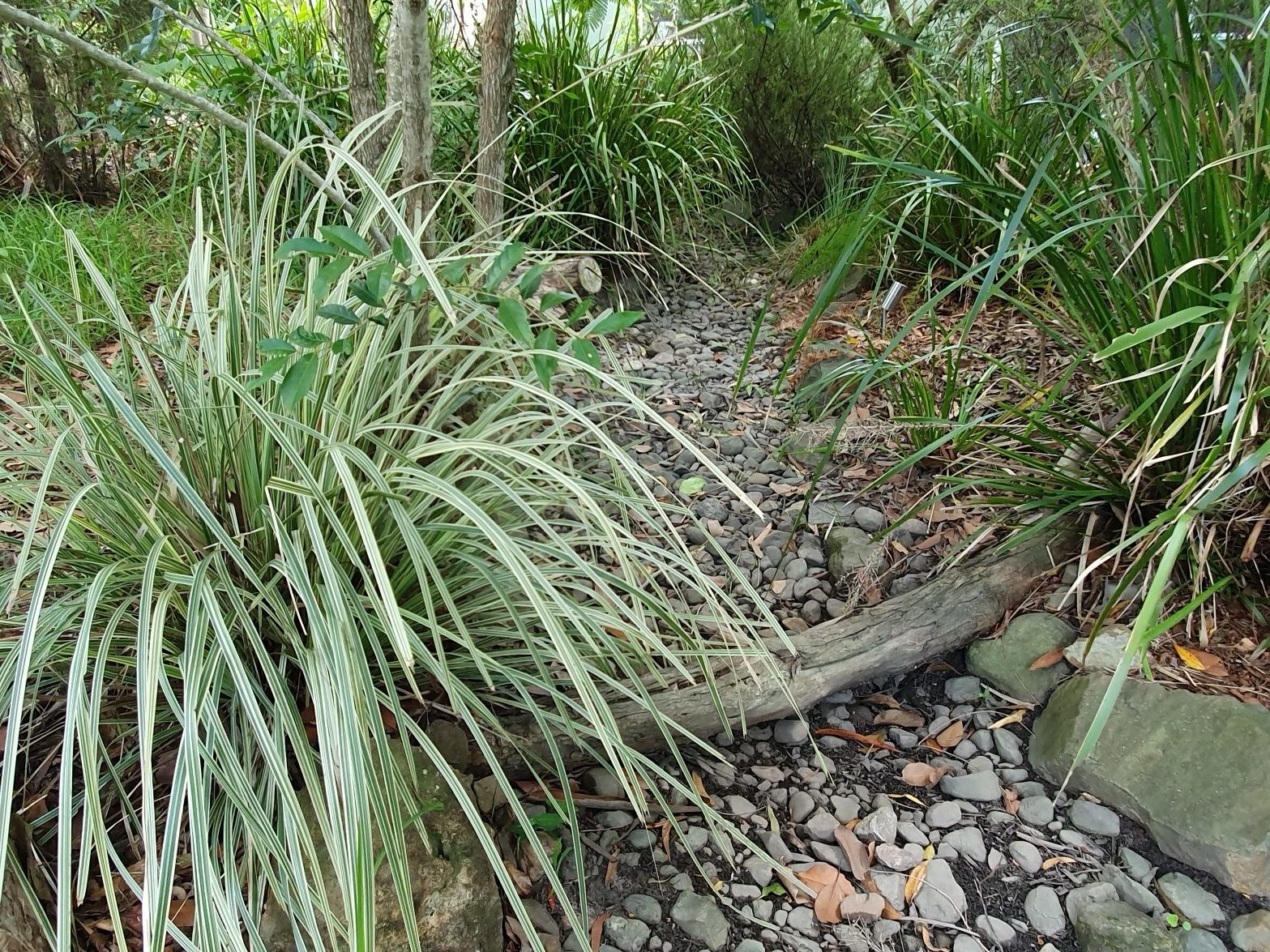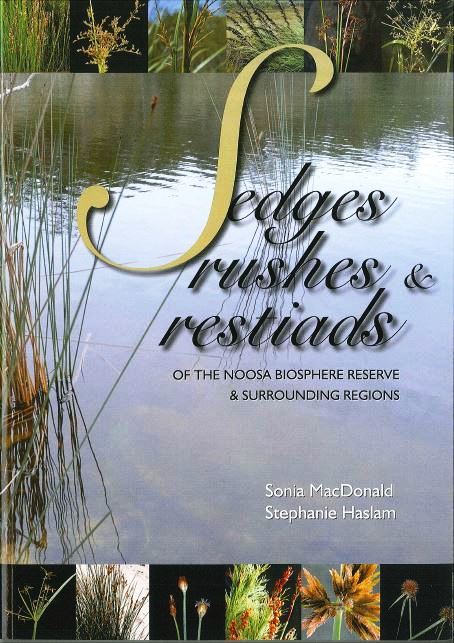

As I write this article I’m flooded in! For a lot of members this is the wettest season they have had in their current properties. Large volumes of rain, especially in a short time frame, can cause issues such as erosion, flattened plants and pooling of water.
Traditionally gardeners would but in drains, pits and concrete to quickly move water away. But there is another way to address rain that works from a different angle. Instead of removing water as quickly as possible, it can be utilised in a garden setting to increase species diversity and provide habitat.
 When I visit a garden of a new resident, I encourage them to hold off on the planting and see how water moves across the ground first. There isn’t much point to planting a plant that prefers a dry area in the mossy patch at the bottom of the block. It will just die. Instead make use of the moisture and plant species that like the damp, such as ferns and Lomandras. Sedges and Lomandras not only like the wet patches but will also absorb a lot of water. Have a look through NICA’s publication Sedges, Rushes and Restiads for some inspiration.
When I visit a garden of a new resident, I encourage them to hold off on the planting and see how water moves across the ground first. There isn’t much point to planting a plant that prefers a dry area in the mossy patch at the bottom of the block. It will just die. Instead make use of the moisture and plant species that like the damp, such as ferns and Lomandras. Sedges and Lomandras not only like the wet patches but will also absorb a lot of water. Have a look through NICA’s publication Sedges, Rushes and Restiads for some inspiration.
A landscaping feature that is becoming popular is a Dry creek drain or stream bed. This way of dealing with runoff is a lot more attractive than a cement drain and provides shelter for wildlife.
The pictures shown here were taken at Sunshine Butterflies at Cooroibah and the Noosa golf course on the Noosa Cooroy Road, Tewantin, where they have recently had some rain.
Its hard to imagine a dry spell at present but it will happen. So it’s a good idea to keep in mind that water loving plants might need a bit of extra water to get them through.
By Michelle Newall


